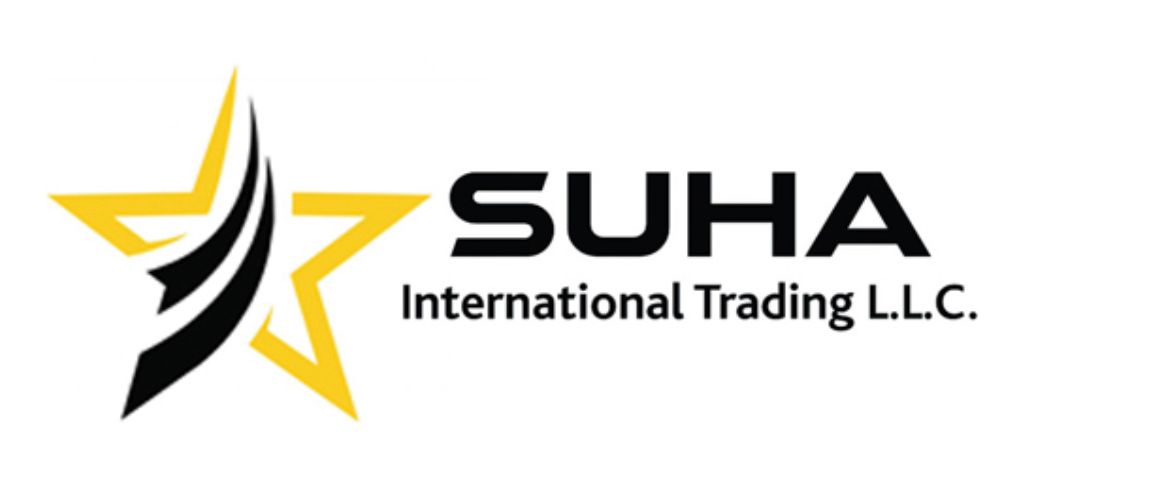Supplier of High-Quality Mono Ethylene Glycol-MEG

Mono Ethylene Glycol (MEG) – Product Description
Mono Ethylene Glycol (MEG) is one of the most important intermediates in modern industrial chemistry. With the chemical formula C₂H₆O₂ and CAS number 107-21-1, it appears as a clear, colorless, and slightly viscous liquid with a mildly sweet taste and almost no odor. This organic diol is fully miscible with water, alcohols, and most organic solvents, giving it exceptional versatility across industrial applications.
Mono Ethylene Glycol is produced industrially through the hydration of ethylene oxide, either via thermal or catalytic processes. Its unique combination of antifreeze, solvent, and heat-transfer properties has made it indispensable for sectors such as automotive, textile, plastics, and energy. When sourced at high purity levels, MEG ensures consistent performance, minimal impurities, and stable results in polyester production, coolant formulations, and chemical synthesis.
Physical and Chemical Properties of Mono Ethylene Glycol
| Property | Specification |
|---|---|
| Appearance | Clear, colorless liquid |
| Odor | Virtually odorless |
| Density (20°C) | 1.113 g/cm³ |
| Boiling Point | 197.3°C |
| Freezing Point | -12.9°C |
| Viscosity (20°C) | 16.1 mPa·s |
| Solubility | Miscible in water, ethanol, and organic solvents |
| pH (100%) | 6.5 – 7.5 |
| Flash Point (Closed Cup) | 111°C |
| Chemical Stability | Stable under normal conditions, hygroscopic |
These properties ensure reliable performance and long-term stability, making Mono Ethylene Glycol an ideal raw material for precision formulations in multiple industrial processes.
Applications and Uses of Mono Ethylene Glycol (MEG)
Mono Ethylene Glycol is a multifunctional industrial chemical that drives efficiency and performance in a wide array of manufacturing sectors. Its thermal stability, high boiling point, and hygroscopic behavior allow it to perform in both high-heat and low-temperature conditions. Below are the key applications where MEG demonstrates its industrial value:
1. Antifreeze and Coolant Production
Mono Ethylene Glycol is the principal component in automotive and industrial coolants. Its ability to lower freezing points and raise boiling points protects engines, radiators, and HVAC systems from temperature extremes. Additionally, MEG’s corrosion-inhibiting characteristics ensure extended equipment life and reliable performance in all climates.
2. Polyester Fiber and PET Resin Manufacturing
MEG reacts with terephthalic acid or dimethyl terephthalate to produce polyethylene terephthalate (PET), a key polymer used in textile fibers, films, and plastic bottles. High-purity MEG enhances polymer clarity, viscosity consistency, and overall production efficiency—critical for packaging and textile industries.
3. Natural Gas Dehydration
In the oil and gas industry, Mono Ethylene Glycol is used as a gas-dehydrating agent to remove water vapor and prevent hydrate formation in pipelines. It is essential for offshore drilling and gas processing, where maintaining flow assurance and safety under cold conditions is paramount.
4. Chemical Intermediary and Resin Production
MEG serves as an intermediate in producing unsaturated polyesters, alkyd resins, and polyurethanes. These are foundational materials for paints, adhesives, coatings, and inks. The solvent and reactivity profile of MEG improves viscosity control, durability, and gloss, ensuring premium performance in finished formulations.
5. Heat-Transfer and Refrigeration Systems
Used in industrial chillers, refrigeration units, and solar thermal systems, MEG efficiently transfers heat while preventing corrosion and scaling. When blended with inhibitors or Diethylene Glycol (DEG), it offers enhanced system protection, even in harsh operating environments.
6. Hydraulic and Brake Fluids
Mono Ethylene Glycol contributes to the formulation of hydraulic and brake fluids, maintaining viscosity stability across temperature extremes. This ensures safe, smooth operation and consistent braking performance in vehicles and machinery.
7. Paints, Coatings, and Printing Inks
In coatings, MEG functions as a solvent and coalescing agent, improving pigment dispersion and adhesion. It allows for smooth application, uniform finish, and longer-lasting protection in construction, automotive, and industrial coatings.
8. Cosmetics, Personal Care, and Tobacco
As a humectant, Mono Ethylene Glycol helps maintain moisture in creams, lotions, and hair care products, preventing dryness and improving texture. In the tobacco industry, it maintains ideal humidity levels for flavor retention and longer shelf life.
9. Aviation and Surface De-Icing
MEG is widely used in de-icing and anti-icing formulations to remove frost and prevent ice formation on aircraft wings, runways, and transport surfaces. Its low residue, rapid evaporation, and strong freeze protection make it vital for aviation safety and cold-climate operations.
Mono Ethylene Glycol’s versatility and dependability make it a cornerstone material across industries—delivering performance, efficiency, and cost-effectiveness in every application.
Handling, Storage, and Transportation of Mono Ethylene Glycol
Proper handling and storage are crucial to preserving the stability and quality of Mono Ethylene Glycol:
-
Handling: Use appropriate personal protective equipment (PPE), including gloves and goggles. Avoid direct skin or eye contact and ensure good ventilation during handling.
-
Storage: Keep containers tightly sealed in a cool, dry, and well-ventilated area (15–25°C), away from acids, oxidizing agents, and ignition sources. MEG is hygroscopic, so minimizing air exposure preserves purity.
-
Transportation: Classified as non-hazardous under most international regulations (UN 3082 for environmentally sensitive substances). Use dedicated tankers, IBCs, or sealed drums with spill-prevention measures.
Following these standards ensures safe, compliant logistics from production plants to end users globally.
Packing Details and Container Loading for Mono Ethylene Glycol
| Packaging Type | Capacity | Loading (Approx.) | Description |
|---|---|---|---|
| Steel/HDPE Drums | 220 kg | 80 drums per 20′ FCL (~17.6 tons) | Ideal for small-scale buyers or laboratory use |
| IBC Tanks | 1,000 L | 20 IBCs per 20′ FCL (~20 tons) | Reusable, cost-effective solution for mid-scale users |
| ISO Tanks | Bulk (22–24 tons per 20′ FCL / 44–48 tons per 40′ FCL) | Designed for high-volume industrial shipments |
All packaging is designed to maintain product integrity, safety, and compliance with international transport standards (IMO/ADR/IMDG).

TECHNICAL DATA SHEET OF Mono Ethylene Glycol (MEG)
| Appearance | Colourless, transparent |
|---|---|
| Purity | 99.8 wt % min |
| Colour (Pt-Co) | 5 max |
| DEG | 0.08 wt % max |
| Water | 0.08 wt % max |
| Specific gravity, 20/20 C | 1.1151-1.1156 |
| Boiling range at 0.1013 Mpa | – |
| 5% vol | Min. 196 C |
| 95% vol | Max. 199 C |
| Aldehydes (as formaldehyde ) | 8 mg/kg max |
| Acidity (as acetic acid) | 10 mg/kg max |
| Iron (as Fe) | 0.1 mg/kg max |
| Inorganic chlorides (as Cl) | 0.05 mg/kg max |
| Ash | 50 mg/kg max By Req=10 mg/kg max |
| UV Transmittance | – |
| -220nm | 80 min |
| -275nm | 95 min |
| -350 m | 99 min |


